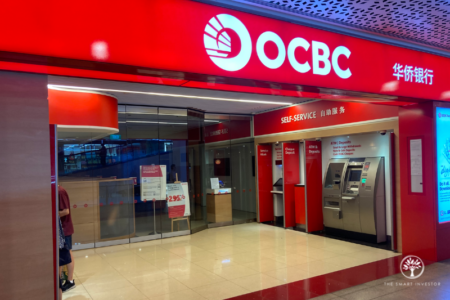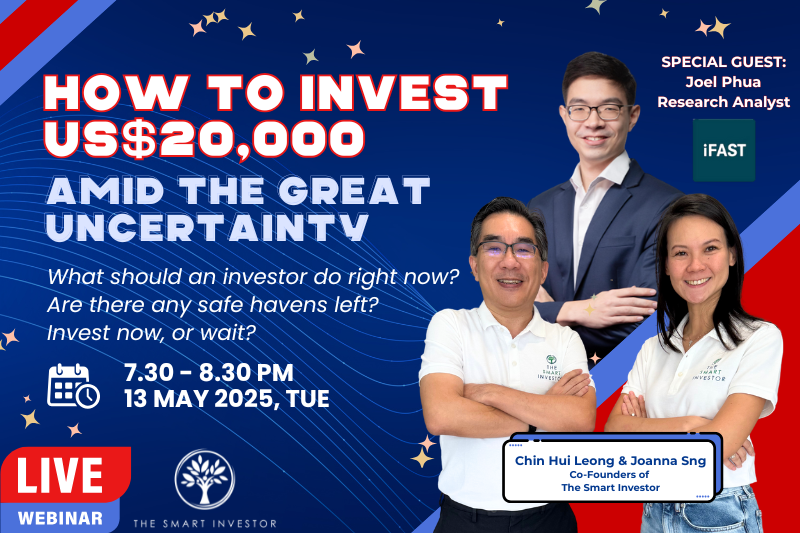Moats have been used in medieval times to protect a castle from marauding invaders.
Using the same analogy, an economic moat can thus be described as a business’s ability to protect itself from a competitive onslaught to maintain its competitiveness and sustain long-term profits.
The book “Why Moats Matter” from Morningstar is a good read and details the various types of moats that an investor should look out for.
There are five main groups of moats – intangibles, high switching costs, network effect, cost advantage and efficient scale.
The first moat, intangibles, can be broken down into three separate sections, namely, i) brand, ii) patents and iii) regulation.
We will focus on the first three intangibles in Part one before moving on to the remaining four moats in Part two.
Intangible – Brand
Some brands are instantly recognisable no matter where you go in the world.
Examples include fast-food chain McDonalds (NYSE: MCD), sports apparel and footwear chain Nike (NYSE: NKE) and coffee chain Starbucks (NASDAQ: SBUX).
Having a reputable brand isn’t enough, though.
A brand should confer an additional benefit to the company in the form of increased pricing power such that the business can maintain or grow its gross margin.
The brand alone does not qualify as a competitive moat if it does not generate a return on invested capital that is superior to other firms within the same industry.
A brand also has value if it increases customer loyalty, meaning customers are more willing to purchase from the company as opposed to its competitors.
Repeat customers are a goldmine for any business as they will make repeat purchases and cost just a fraction of the effort and expense that goes into acquiring new customers.
Intangible – Patent
Patents are granted to companies with inventions or innovations and help protect the company from competition for a specific period.
During this period, the company can exclusively produce and sell its product to enjoy higher than normal returns, as the patent grants it a monopoly.
For investors, they should note the expiry date for the patent and how strong the patent is concerning the product/service being sold.
Some competitors may go around the patent and create a very similar substitute product at a lower price, thus diluting the benefits of the company’s patent.
Pharmaceutical companies are a great example of an industry that thrives on numerous patents for their various novel medicines.
Disputes, however, do occur now and then.
Recently, Moderna (NASDAQ: MRNA) sued rival COVID-19 vaccine makers Pfizer (NYSE: PFE) and BioNTech (NASDAQ: BNTX) alleging patent infringement.
Intangible – Regulation
Regulations are a set of rules and laws implemented by the government or various authorities which prevent other competitors from entering a market or selling certain products/services.
While regulatory moats can be powerful, the investor should check whether these laws are accompanied by price controls or service mandates which may cap a company’s profit potential.
An example may be a company being granted a concession to operate the only water treatment utility plant in a country.
The flip side is that the tariffs they can charge are capped by the government to make the treated water more affordable for businesses and individuals.
With such an arrangement, the business may be protected from competitive threats, but it also may not generate a decent return to justify an investment.
Watch out for Part two where we will cover the four remaining types of moats.
First-time investors: We’ve finally released our beginner’s guide to investing. Read it in an afternoon, follow the principles, pick an investing style and buy your first SGX stocks within the next few hours! Click here to download it for free.
Follow us on Facebook and Telegram for the latest investing news and analyses!
Disclaimer: Royston Yang owns shares of Nike and Starbucks.




